
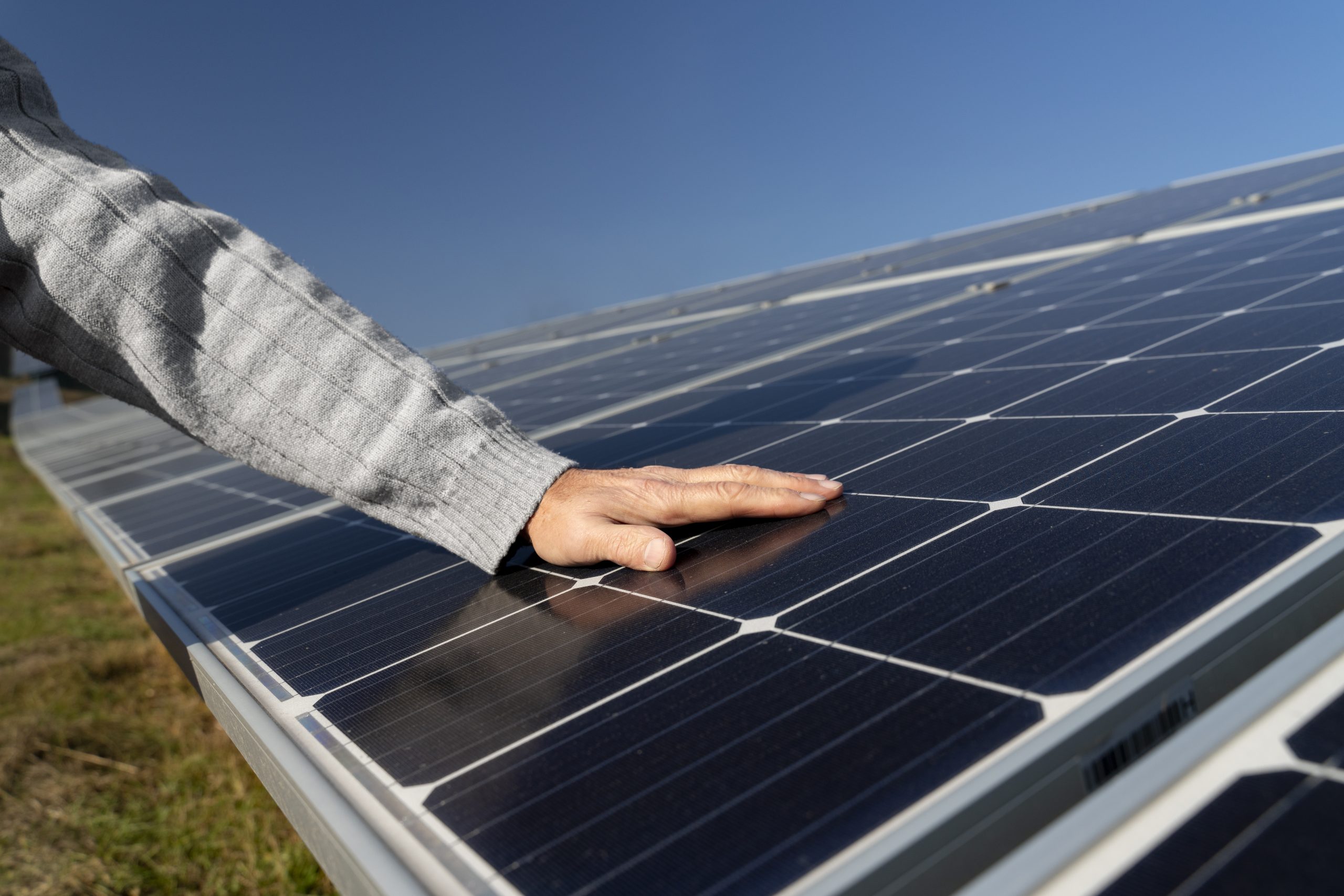


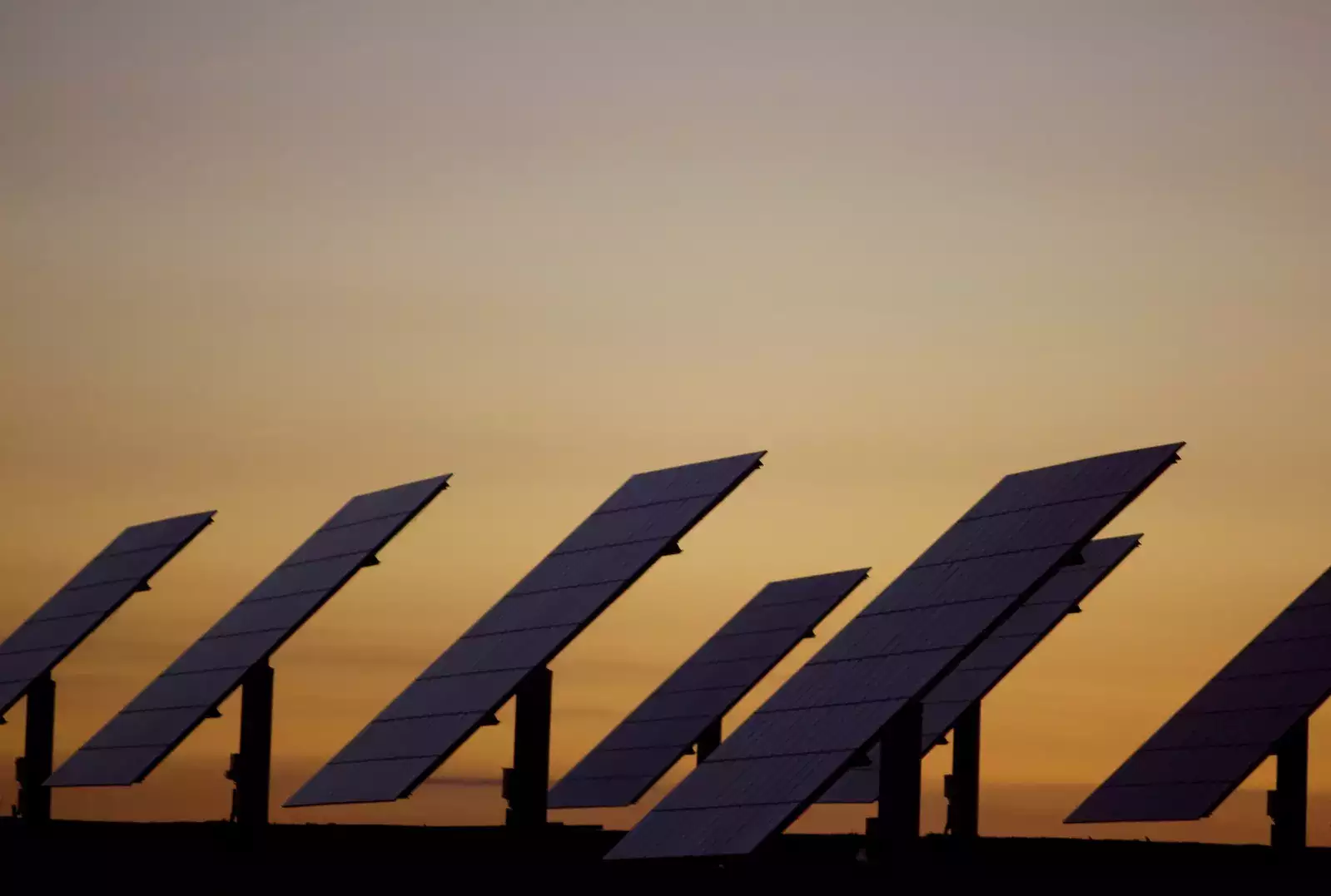
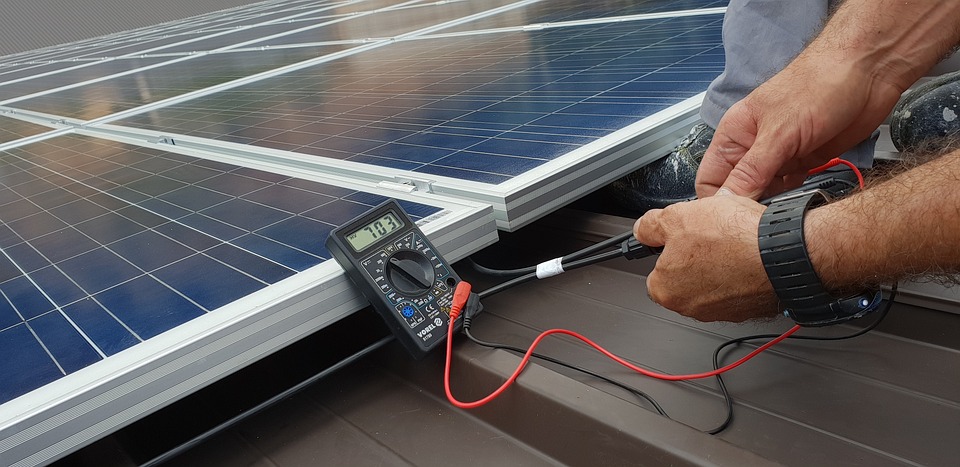
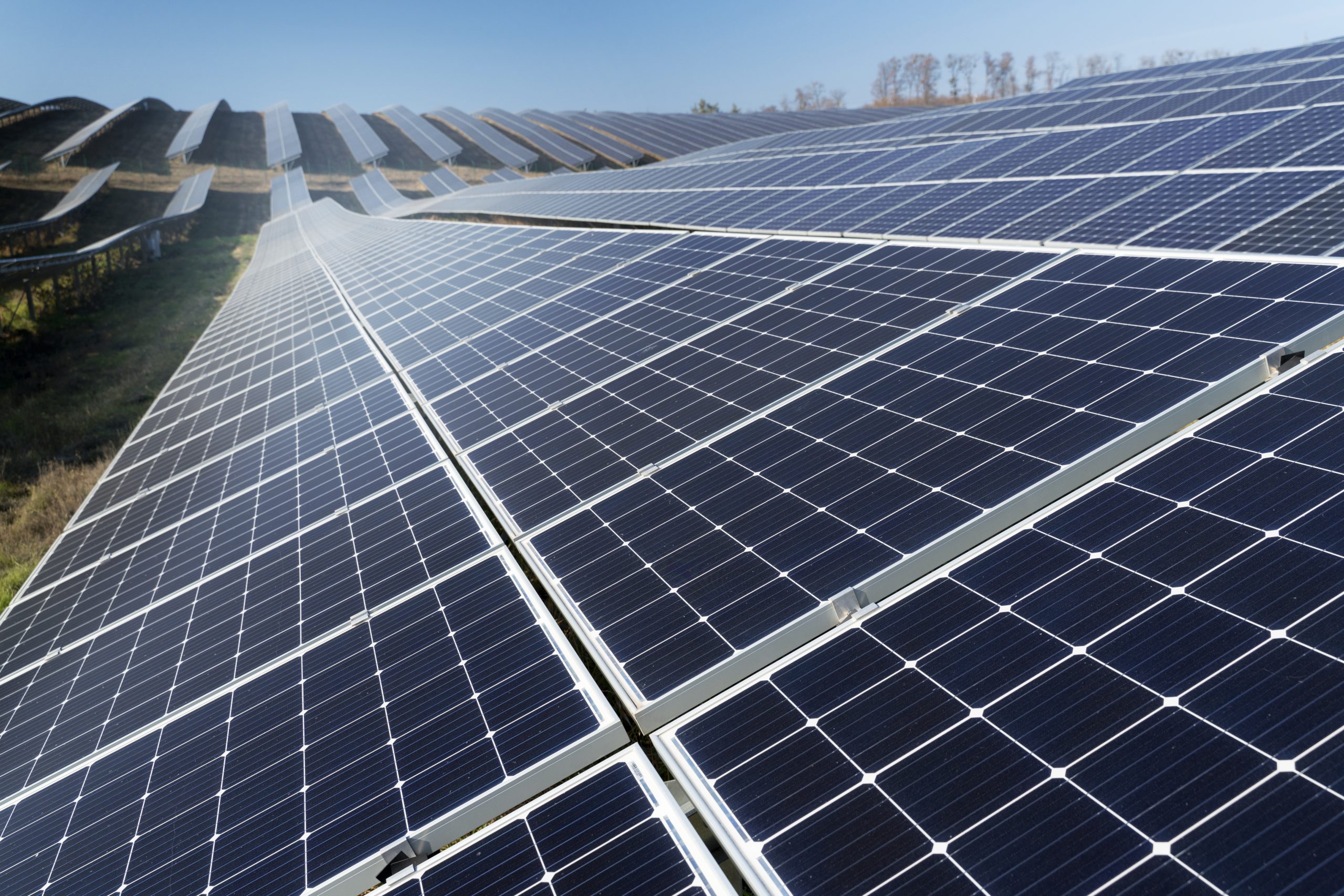
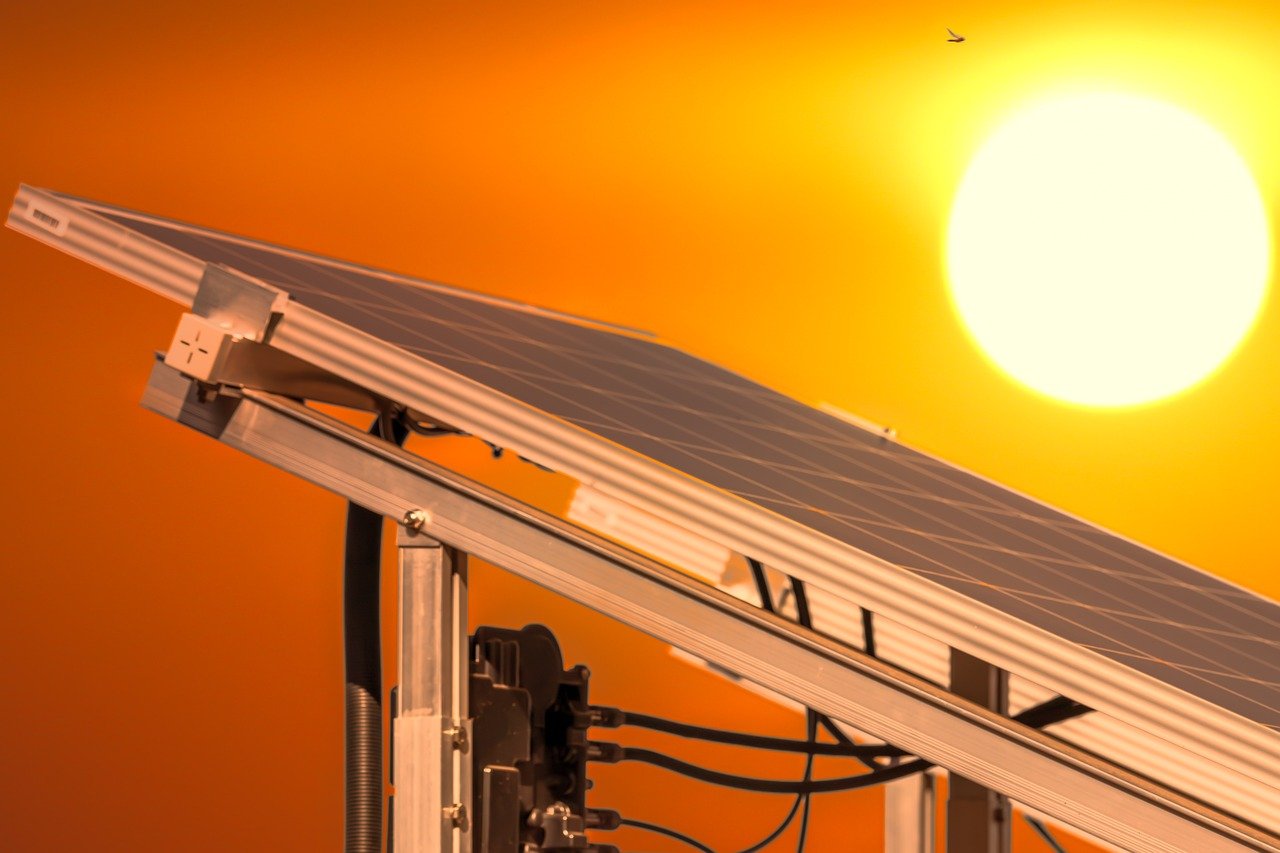

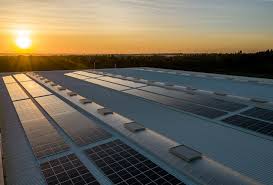
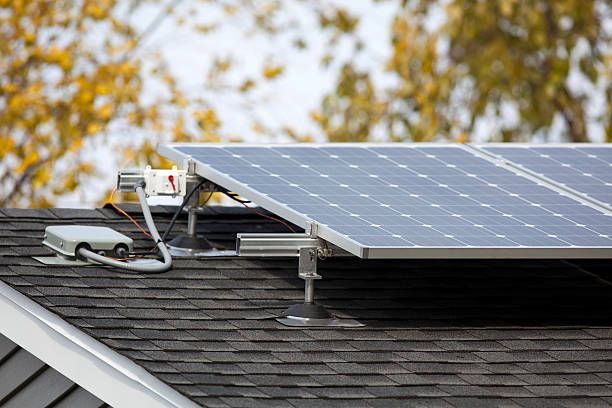
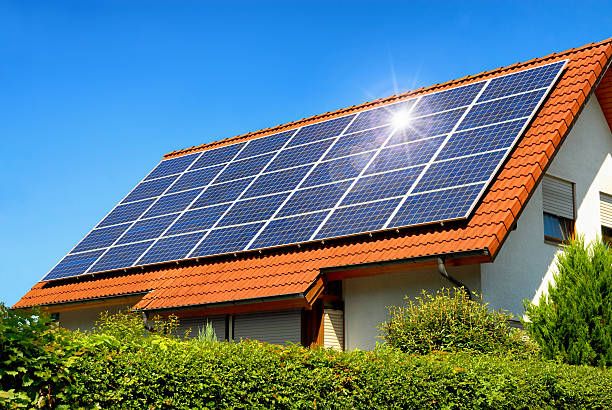
40% of women work full-time in the PV industry. This is almost double that of the wind industry (21%) and the oil and gas sector (22%). The solar industry is also doing well with its 32% share of total renewable energy.

Most women in the photovoltaic industry hold managerial positions, making up 58% of the workforce. They are less represented in technical positions outside of Science, Technology, Engineering and Mathematics (STEM), accounting for only about 38% of positions. Examples of such positions are lawyers or procurement professionals. STEM positions have an even smaller share at just 32% of the total. Driven in part by off-grid solar deployments, women account for 35% of other non-technical positions (marketing, sales, distribution, product assembly and installation, etc.) When it comes to management positions, women make up nearly 30% of the PV industry's management positions and 13% of senior management positions. Photovoltaic Manufacturing is the best performer in female employment with a 47% share. This is followed by Service Providers and Developers at 39% and 37% respectively. It is difficult for women to find employment as PV installers, and women account for nearly 12% of all of them.

It's no secret that women are underrepresented in the energy sector. Men far outnumber women in the oil and gas industry, with women making up just 22% of employment in the sector. Renewable energy outperforms conventional energy, and women's jobs account for 32% of hers. The lesson to be learned is that renewable energy, as a younger and more dynamic sector, represents an opportunity for change. The expanding photovoltaic industry offers long-term and rewarding career opportunities in both on-grid and off-grid situations, with field managers, technicians, electricians, plumbers and sales representatives. Real potential for women as installers, HR managers, and marketing professionals. Above all, if the solar industry fails to hire more women, it misses the opportunity to create a female-represented talent pool and a better working environment for all employees.
Retention of mid-career women have always been a problem. The situation has been particularly challenging in recent years, as the COVID-19 pandemic has hit mothers of childbearing age and family caregivers particularly hard. A survey by the U.S. business sector found that in 2020, 23% of women with children under the age of 10 were considering leaving the labour market, compared to only 13% of men. I was considering it.
Similar to her IRENA study on wind energy, the relevance of barriers to retaining women in the solar world of work was rated significantly higher than barriers to career entry and career progression. Fairness and transparency of internal policies and processes were again identified as the top concern, followed quickly by several other obstacles, including lack of maternity and parental leave and standard barriers to women staying in the workforce. The findings support previous findings that a focus on investing in female employee retention can be an effective strategy for improving the industry's gender balance.

While employee retention was rated as a bigger concern, barriers to career progression for women are also a big concern. Women often face disadvantages compared to men. Moreover, the paths to leadership and the corporate culture embody outdated masculine norms that make it difficult, if not impossible, for women to reach the top. Despite data showing that leaders do more work, female leaders are more likely than males to experience microaggressions (interruptions, comments about emotional states, questioning judgments, etc.), reflecting their doubts about their leadership skills. The same microaggression
Tends to be less experienced in males and even less so in seniority. Men get respect, women lose it.
The gender pay gap is a complex issue rooted in discrimination in how women get jobs, promotions and wages.
First, women tend to concentrate on lower-paying jobs because they work in certain low-wage jobs or because they work in industries that generally earn less than men-dominated industries.
This career preference may be attributed to social and cultural norms that guide women toward careers that are not male-dominated (which indirectly discourages women from entering STEM-related fields). In addition, women are more likely to discontinue their careers for reasons such as childcare and nursing care. Furthermore, in some countries, women do up to 30% more unpaid work than men. Phenomena such as glass ceilings and sticky floors are also reducing pay equity.
All these factors combine to create a wage gap between men and women. The worst situations occur when women are not paid the same as men for the same or equivalent work. Unfortunately, women are subject to conscious and unconscious biases that can lead to paying discrimination. Underlying sexism leaves women in a vulnerable position when it comes to paying raises. To assess wage equity and perceptions of equity, individual respondents were asked, based on their own experience, to rate the hourly wages of female employees compared to male employees, both across the economy and in solar power. Was asked how to rate Overall, 28% of respondents believe men are paid more for work of equal value, and 4% believe women are paid more. Increase. Individual perceptions of wage inequality in their current job (solar power)) were slightly higher than their perceptions of wage inequality across the workforce. Globally, equal pay perceptions for solar power were 68% compared to 64% for employment across the economy.
This slight difference occurred in all regions except Latin America and the Caribbean. In Latin America and the Caribbean, a smaller proportion of respondents believed wages were par for both solar and the economy as a whole. It is also worth noting that a relatively high proportion of respondents in this region, as well as in Europe and North America, believe that women pay more for solar power than men. These differences between regions in perceptions of pay equity were very significant.


There are no easy solutions to improve the share of women in solar power, renewable energy, or the economy as a whole. To make meaningful progress, the solar industry must take steps to attract, retain and develop women.
Enhance access to financing and markets by providing training at all levels and removing restrictive laws.
Leadership accountability and managerial support are essential, especially during childbearing years.
Create networks and mentorship opportunities for women to help them become tomorrow's leaders. A company's profitability can be improved by establishing gender quotas to encourage gender diversity on its boards
Achieving diversity in the renewable energy sector is essential to making the energy system inclusive and sustainable. As societies become more equal and just, economies become more resilient. To this end, the solar power subsector, the renewable energy sector and the larger energy sector should consider gender equality at all levels, including policymaking, program design and project implementation. Creating an energy sector is essential, but diversity is not just limited to women. Energy transition efforts include an economic empowerment agenda that builds on the visions, talents and skills of all people, including women, minorities, indigenous communities, migrants and refugees, older and young people, LGBTIQA+, and people with disabilities. Taking into account the interests of individual population groups has the potential to create new injustices.
More than 30% of the workforce here at Waaree are women, and we are striving to achieve gender equality.
PRODUCTS OFFERED

Waaree Energies Ltd. is the flagship company of Waaree Group, founded in 1989 with headquarters in Mumbai, India. It has India's largest Solar panel manufacturing capacity of 5GWs at its plants in Surat and Umbergaon in Gujarat. Waaree Energies is amongst the top players in India in Solar Panel Manufacturing, EPC Services, Project Development, Rooftop Solutions, and Solar Water Pumps and is also an Independent Power Producer. Waaree has its presence in over 380 locations nationally and 20 countries internationally. Step on to your cleaner journey by contacting us at 18002121321 or mail us at waaree@waaree.com